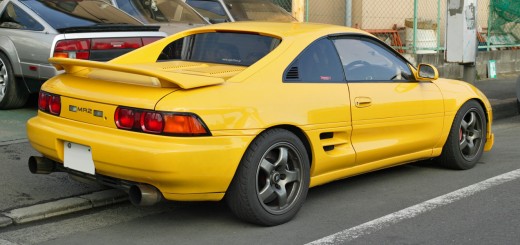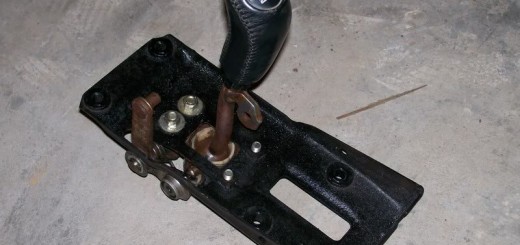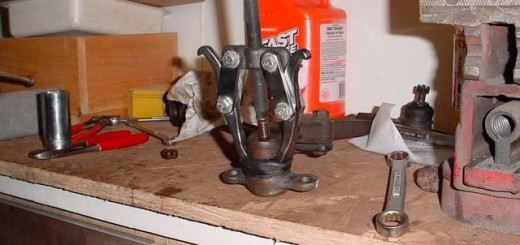Relavant mods are
- T3/T4 50trim Turbocharger (nocash kit)
- Supra Twin Turbo 540cc/min fuel injectors
- Apexi S-AFC
- Aeromotive adjustable fuel pressure regulator
- Two stage water injection
- Greddy Intercooler
- K&N FIPK Intake
- Apexi AVC-R boost controller
- Ross forged pistons
Session 1
Fuel Pressure – 43psi
AFC Values:
| 3000 RPM | 4000 RPM | 4500 RPM | 5000 RPM | 5500 RPM | 6000 RPM | 6500 RPM | 7000 RPM |
|---|---|---|---|---|---|---|---|
| -12 | -9 | -9 | -7 | -4 | -2 | -1 | 0 |
Boost: 1.10kg/cm^2 (15.6psi)
Peak HP:185.6 @ 6460
Peak Torque: 197.3 @ 4807

Wideband datalog

Notes
Running very rich as expected
Session 2 – repeat of session 1.
Peak HP: 179.1@6476
Peak Torque: 186.8@4680
Session 3 – Same run except increased boost to 1.20kg/cm^2 (17.0psi)
Peak HP:229.7@6116
Peak Torque: 206,1@5501


Notes
Still running rich – AFR went from 9.35 to 9.79 near peak power.
Comparing Session 1 and Session 3 – 17.0psi in red. 
Peak power increased 43HP from 1.4psi of additional boost. Strange kink at 5000RPM on the higher boost run.
Session 4 – Same as session 3 except fuel pressure lowered one turn.
Peak HP: 245.1@6097
Peak Torque: 211.8@5620


Notes – AFR increased from 9.75 to 10.25 around peak power. Peak HP increased 15.6HP.
Comparing session 3 and 4 (session 4 in red): 
Session 5,6 – Same as above except increased boost to 1.30kg/cm^2 (18.5psi)

Around peak power, AFR leaned from 10.25 to 10.45. Judging from the AFR, one would think that you would want to go more lean. This would have been my intention, but out on the road, I looked at the wrong part of the graph! So, I increased fuel pressure a half turn for the next run, which (naturally) made less horsepower.
Session 7 – Increased fuel pressure 1/2 turn.
Peak HP: 251.4
Peak Torque: 224.9


Notes – wideband certainly shows slightly more rich. Power dropped 6HP from 257, to 251.
Session 8 – increased boost to 1.35kg/cm^2 (19.2psi).
Peak HP: 266.0
Peak Torque: 234.1

AFR was about the same.

Notes -Increasing boost from18.5psi to 19.2psi increased peak HP by 15. Comparing runs 7 to 8 (19.2psi in red): 
Session 9 – AFC Adjustments
| 3000 RPM | 4000 RPM | 4500 RPM | 5000 RPM | 5500 RPM | 6000 RPM | 6500 RPM | 7000 RPM |
|---|---|---|---|---|---|---|---|
| -12 | -9 | -9 | -7 | -6 [was -4] | -1 [was -2] | -1 | 0 |
Comaring runs 8 to 9 (run 9 in red):

Notes – Power dropped about 8HP. Not sure why – AFR was about the same.
Session 10 – More AFC adjustments going to put in more fuel (put some timing back in).
| 3000 RPM | 4000 RPM | 4500 RPM | 5000 RPM | 5500 RPM | 6000 RPM | 6500 RPM | 7000 RPM |
|---|---|---|---|---|---|---|---|
| -12 | -9 | -7 | -6 | -5 | -2 | -1 | 0 |

During this run the ECU detected detonation. This is based on the fact that the TVIS LED changed state whenever the throttle was in any other position besides closed. That is as soon as you touch the throttle the LED changed. After about 1 minute of driving the ECU returned to normal operation and also permitted full boost (TVSV LED). I do not know why there would be any detonation from a less agressive AFC setting. As you can see, the AFR was also rich.

Since the ECU returned to normal operation so quickly, I continuted tuning.
Session 11 – Same as above except changed 5500RPM to -4.

Notes – Power has returned. This run is very similar to run 8.
Session 12 – After a couple tries at other AFC settings, I ended up with this. This is after several other tries.
| 3000 RPM | 4000 RPM | 4500 RPM | 5000 RPM | 5500 RPM | 6000 RPM | 6500 RPM | 7000 RPM |
|---|---|---|---|---|---|---|---|
| -10 | -6 | -5 | -5 | -2 | -1 | 0 | 0 |

Comparing first graph (15.6psi) to last (19.2psi) – 3.6more psi of boost: 
I drove the car with the above settings, and all seemed well – no detonation, and the engine seemed to be running very well. My only guess as to the detected detonation during session 10, is because of too much timing. I believe that the stock ECU is somewhat agressive with timing, and that is why such rich AFRs are required. Thsi is where an aftermarket engine management system would really help.
This documentation in no way replaces the Toyota MR2 Repair Manuals. The purpose of this content is only to provide supplementary information to fellow MR2 enthusiasts. Midship Runabout and its contributing authors will not be held responsible for any injury or damages that may occur as the result of practicing any of the methods or procedures described within this website. Article and photo submissions are property of the contributing author.


